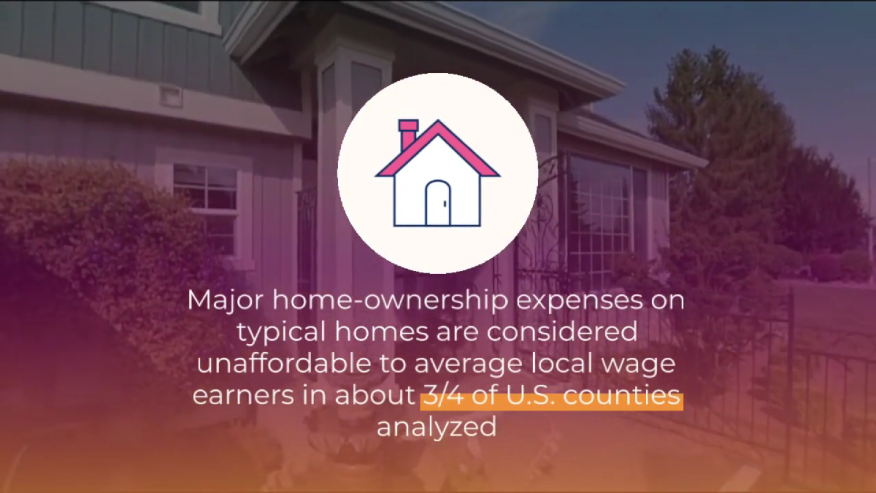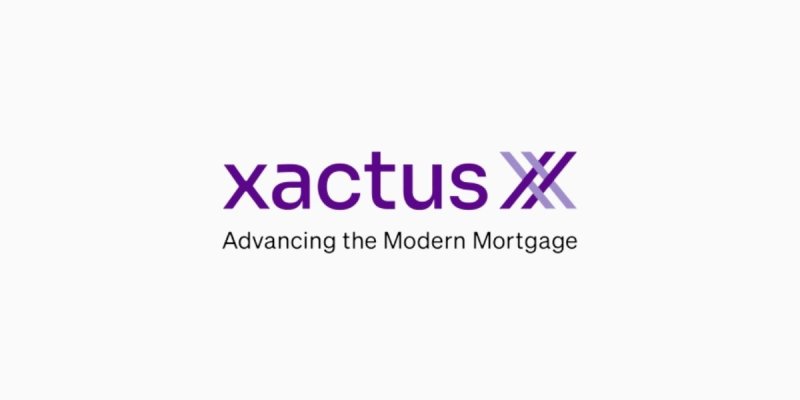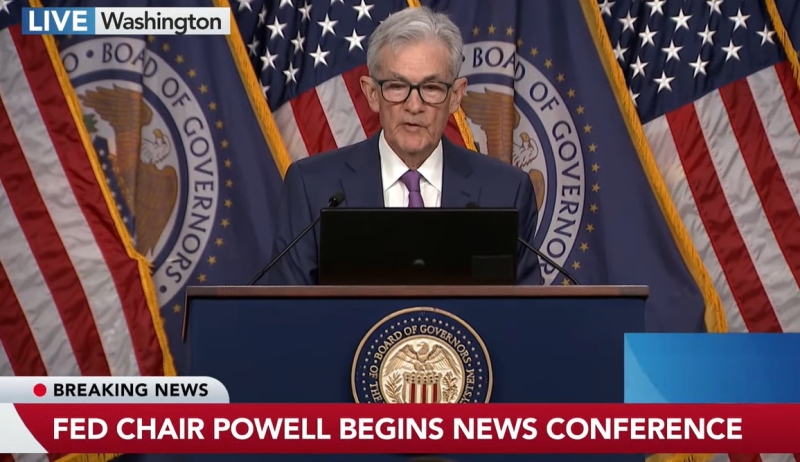
Home Affordability Hit 16-Year Low In Q2

ATTOM: Americans needed to use a third of their wages to cover homeownership costs.
- The report found that 33% of average wages were required to cover home-ownership expenses, highest since 2007.
- Nationwide, the median single-family home value rose 10% from the first to the second quarter.
- The national median home price increased to $350,000 in the second quarter — a record.
On average, Americans needed to use a third of their wages to own a home or condo in the second quarter of 2023, the highest percentage in 16 years, according to a report from ATTOM.
The Irvine, Calif.-based land, property, and real estate data company released its second-quarter 2023 U.S. Home Affordability Report on Thursday, showing that median-priced single-family homes and condos were less affordable in the second quarter compared to historical averages in 98% of counties nationwide with enough data to analyze.
The report showed that affordability worsened this quarter as housing prices jumped. The 33% of average wages required to cover home-ownership expenses is considered unaffordable by common lending standards, which call for a 28% debt-to-income ratio. It also marked the highest level since 2007, and remained well above the 25% figure from early in 2022, when a spike in home-mortgage rates had just begun to increase ownership costs.
The worsening affordability picture reflects the second shift in the U.S. housing market in the past year, ATTOM said, coming as the median single-family home price has shot up to a record following three quarters of declines. The declines had strongly suggested an end to a decade-long boom period lasting from 2012 into the middle of 2022, the company said..
Nationwide, the median single-family home value rose 10% from the first quarter to the second quarter, to $350,000 — one of the biggest quarterly increases in the past decade. The second-quarter median price sits 2% above the previous peak, hit a year earlier, before the market stalled and prices dropped.
This spring’s price jump has helped increase the typical cost of major ownership expenses far faster than wages have risen, resulting in declining home affordability, ATTOM said.
“The U.S. housing market has done an about-face following a downturn that threatened to usher in an extended period of flat or falling prices. With that has come another blow to how much house the average worker around the country can afford,” said ATTOM CEO Rob Barber. “Whether this is just a temporary blip amid this year’s peak buying season or a sign of another extended price surge is anyone’s guess. But any predictions of a market demise were certainly premature — and house hunters are feeling the pinch.”
An Uncertain Scenario
The decline in affordability comes as multiple forces create an uncertain scenario that could push the U.S. housing market in decidedly different directions, ATTOM said.
Home values have jumped at a time when mortgage rates have settled below 7% after more than doubling last year, and the U.S. consumer-price inflation rate has dropped by more than half, to around 4%. The stock market also has shown gains recently.
All of that has put more buying power into the pockets of potential homebuyers, pushing prices up and affordability down. But that could easily change if a recent uptick in mortgage rates continues, the stock market cools down again, or the economy falls into a recession, as some economists predict.
The third quarter will be a key barometer, given that the long market boom came to a halt during the same period last year, ATTOM said.
Its report determined affordability for average wage earners by calculating the amount of income needed to meet major monthly home ownership expenses — including mortgage payments, property taxes, and insurance — on a median-priced single-family home, assuming a 20% down payment and a 28% maximum “front-end” debt-to-income ratio. The required income was then compared to annualized average weekly wage data from the Bureau of Labor Statistics.
Compared to historical levels, median home prices in 565 of the 574 counties (98%) analyzed in the second quarter are less affordable than in the past. That’s up from 550 counties in the first quarter, and from 553 in the second quarter of 2022. It is more than double the number that was less affordable two years ago. before average home mortgages rates began to go up.
Meanwhile, major home-ownership expenses on typical homes are considered unaffordable to average local wage earners during the second quarter of 2023 in 420, or about three-quarters, of the 574 counties in the report, based on the 28% guideline. Counties with the largest populations that were unaffordable in the second quarter were Los Angeles County; Maricopa County (Phoenix), Ariz.; San Diego County; Orange County, Calif. (outside Los Angeles), and Kings County (Brooklyn), N.Y.
The most populous of the 154 counties where major expenses on median-priced homes remain affordable for average local workers in the second quarter of 2023 were Cook County (Chicago), Ill.; Harris County (Houston), Texas; Wayne County (Detroit), Mich.; Philadelphia County, Pa.; and Cuyahoga County (Cleveland), Ohio.
Home Prices Surge
After dropping or staying about the same for three straight quarters, the national median home price has increased to $350,000 in the second quarter of 2023 — a record. The 10.2% gain, from $317,496 in the first quarter, represents the largest quarterly improvement since the second quarter of 2015. The latest figure is also up 2.5% from the prior record of $314,500 hit in the second quarter of last year, ATTOM said.
At the local level, median home prices in the second quarter of 2023 were up from the early months of this year in 524, or 91%, of the 574 counties included in the report. They have risen at least 5% in close to two-thirds of the markets analyzed and have hit peaks in almost 40 percent of them.
Despite the recent quarterly home-price rebound, weekly annualized wage appreciation still has outpaced home-price changes from the second quarter of last year to the second quarter of this year in 427 of the 574 counties analyzed in the report (74%). That was the opposite of the second quarter of 2022, when prices were growing faster annually than wages in 91% of the same counties.
With home values shooting up, the portion of average local wages consumed by major expenses on median-priced, single-family homes has grown from the first quarter to the second quarter of 2023 in 94% of the 574 counties analyzed. It is up annually in 92% of them.
The typical $1,949 cost of mortgage payments, homeowner insurance, mortgage insurance, and property taxes nationwide now consume 33.4% of the average annual $70,031 wage. That is up from 29.9% in both the first quarter of this year and the second quarter of last year, to the highest level since 2007.
The latest portion tops the 28% lending guideline in 420, or about three-quarters, of the counties analyzed in the second quarter of 2023, assuming a 20% down payment. That is up from two-thirds of the same group of counties a year ago and about 40% two years ago.




